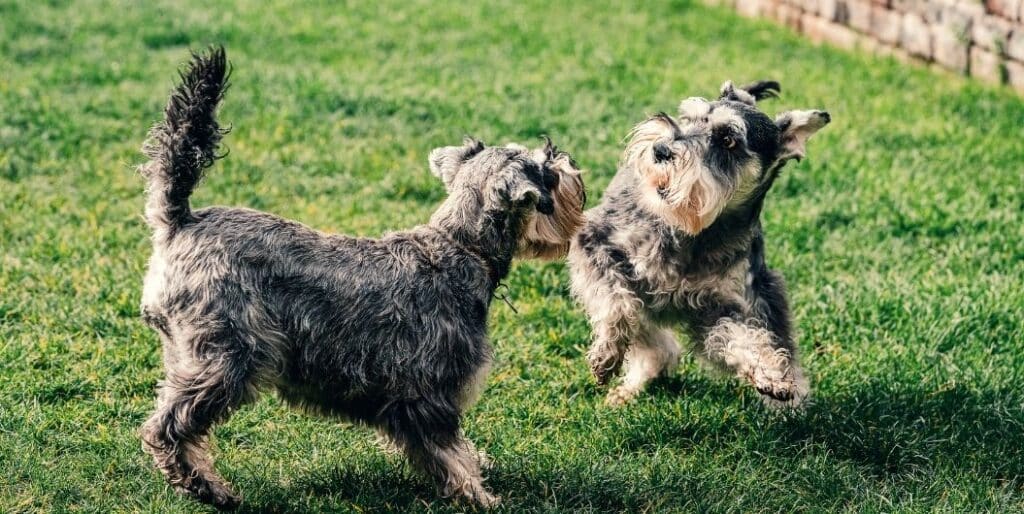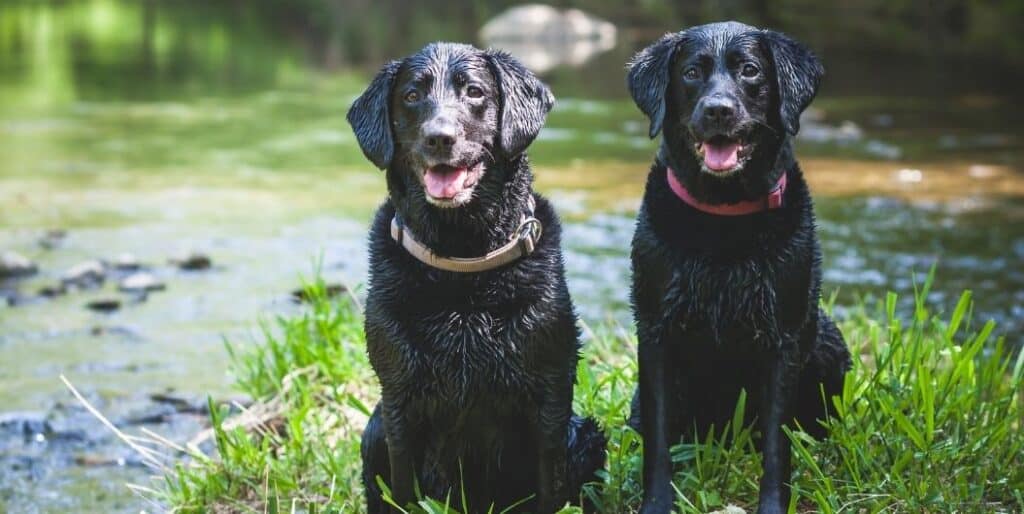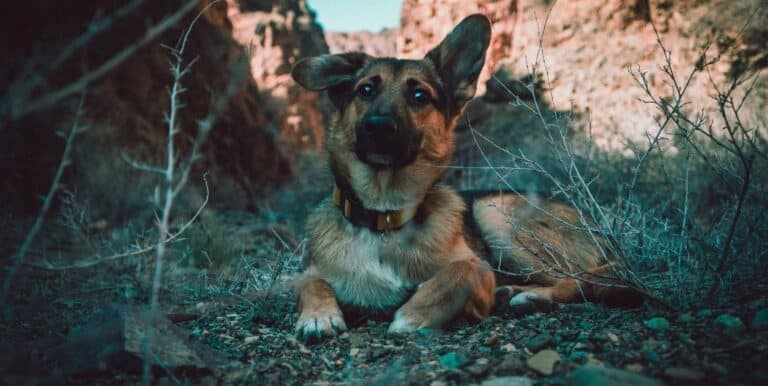How are Guide Dogs Trained?

Guide dogs help the blind and visually impaired regain their mobility and independence. They assist their owners in navigating through traffic, judge the height and width of various daily obstacles, and assess the danger involved in particular situations. Providing a companion that can be relied upon to keep its owner safe involves selecting the right dog, and years of careful training. Many different breeds can become effective guide dogs, although german shepherds, golden retrievers, and labrador retrievers are often best suited to this special work. Basic training begins at the puppy stage, then dogs with suitable temperaments receive more detailed and complex coaching and instruction.
It takes a special type of dog to become a good guide dog. The animal must be good natured, intelligent, observant, and not easily frightened by noises or crowds. Even the best trainer cannot make a nervous and skittish dog into an effective companion.

Puppy Training
Guide dogs are trained at non-profit schools that specialize in providing service animals for the blind and visually impaired. The training process begins as soon as a puppy is old enough to leave its mother. Volunteer puppy raisers help socialize the dog and teach basic obedience skills. This involves instructing the dog to obey simple commands such as “sit”, “stay” and “come”, and also exposing it to different situations it may encounter as a service animal, such as busy streets, homes and buses.
The puppy training stage typically lasts until the dog is 12-14 months old. This stage also provides an opportunity to see if the dog’s temperament is suited to more extensive coaching. Approximately 20% of the puppies are released from the program at this time.
Dog Training
After the volunteer puppy raiser returns the guide dog, it is coached by a professional trainer for possibly two to three months. The trainer uses methods such as positive reinforcement, rewards of food and praise, and clicker training to teach skills such as walking in a straight line, stopping at curbs, and dealing with large crowds. The dog must also learn to ignore distractions such as other animals, and to behave well in public places such as restaurants, shops, buses and trains.
More advanced skills include leading the owner around obstructions, and recognizing less obvious obstacles such as overhead branches and stopping at them. Sometimes the training can involve not obeying commands. In a type of coaching known as “intelligent disobedience”, dogs learn not to obey commands that would lead their owners into danger, for example, crossing a road when there is oncoming traffic.

Service
If the dog is able to master these skills, he is paired with an owner for additional training, which may take around two weeks. Training schools match guide dogs and their blind or visually impaired owners on the basis of compatible personalities and good communication, then help the pair through a program that teaches them to develop a strong working relationship. During this phase, the dog may need to learn some new skills, for example, if the prospective owner has other disabilities. After this training, the guide dog begins his new life as a service animal.
Typically, guide dogs are expected to work until they are eight to ten years old, although animals in peak physical condition may be able to work for longer. Some owners have their dogs in service for ten years or more. After retirement, the dog is either kept on as a pet by the owner or her family, or given back to the training school to be placed in a new home. Training schools are able to arrange adoption for anyone interested in having a retired guide dog as a pet.
Although guide dogs may be fun loving and playful when off-duty, they have a very demanding job and take it very seriously. When a service animal is at work people should avoid doing anything that might interfere with its concentration. It is important never to give a service animal food or attempt to touch it without its owner’s permission. Guide dogs may be good-natured but they are not to be confused with pets.






